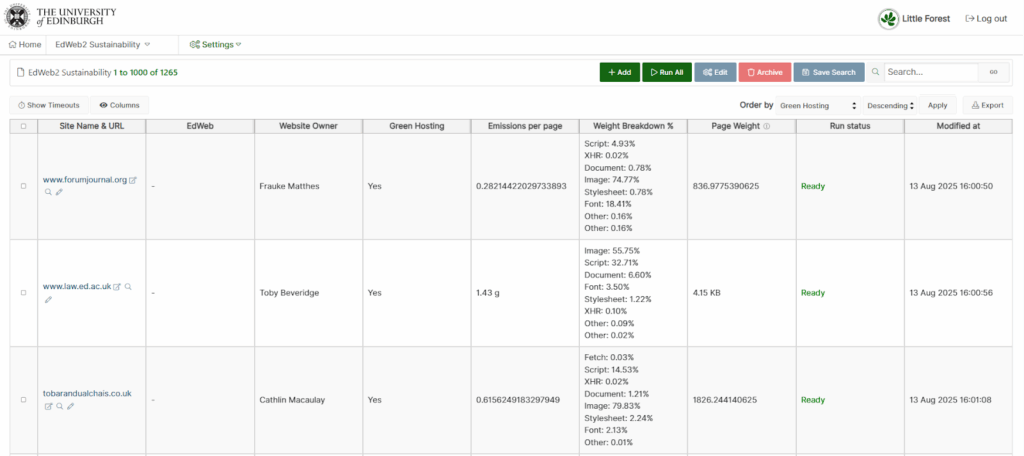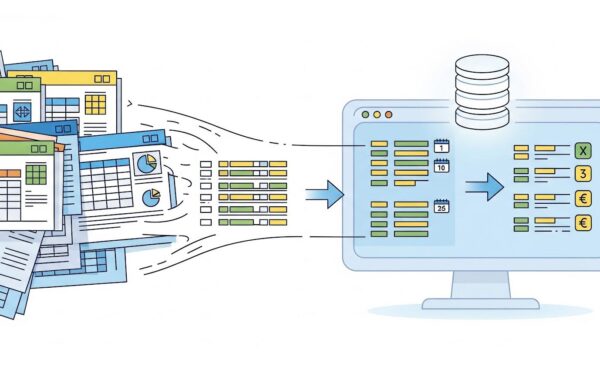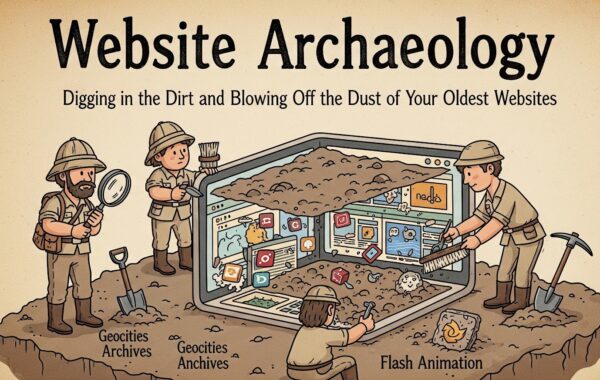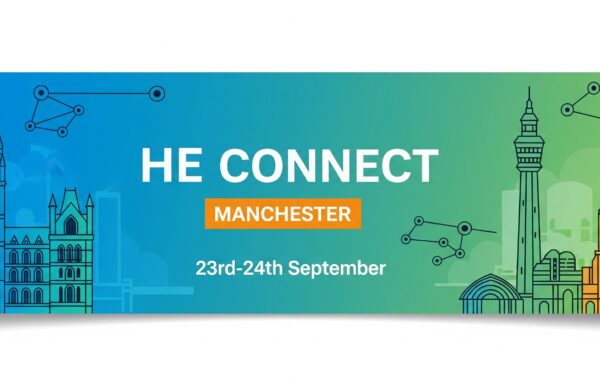At Little Forest, we’ve always believed that sustainability in the digital world is just as important as in the physical one. Every byte transferred consumes energy, every page load has a carbon cost. Until recently, the scale of that impact has seemed hidden, difficult to measure, and easy to ignore.
That’s why we’re so proud to highlight the University of Edinburgh’s EdWeb2 update, a landmark project that proves just how powerful and achievable sustainable web design can be. Read all the comprehensive information about it from their blog here: https://blogs.ed.ac.uk/website-communications/the-new-edweb2-update-has-successfully-implemented-sustainable-web-design-principles-across-65539-webpages/

The Numbers That Matter
Edinburgh’s in-house web service, EdWeb2, powers more than 65,000 webpages. Through its latest update, the team implemented two deceptively simple changes:
- Limiting image upload size to 1MB
- Automatically converting images to WebP format (25–34% lighter than JPEG)
The results speak for themselves:
- An estimated 25 tonnes of CO₂ saved annually
- Over 50% reduction in emissions across tested pages
- Most pages now producing less than 0.5g of CO₂ per pageview
To put it in perspective, that’s like saving 63,700 miles of car travel every year. And it’s only the beginning!

Why This Work Matters
This isn’t just a technical achievement. It’s a moral milestone. The internet is now one of the world’s fastest-growing sources of emissions. Universities, corporations, and organisations everywhere have a responsibility to address their digital carbon footprint.
By embedding sustainability directly into EdWeb2, Edinburgh has done something remarkable:
- They’ve taken the burden off individual editors, making greener practices the default, not an optional extra.
- They’ve created a replicable model that any large organisation — from global universities to multinational corporations — can follow.
- They’ve shown that sustainability doesn’t just improve the planet; it also makes sites faster, leaner, and more user-friendly.
For younger generations especially, this matters. Students and future employees want to see institutions that walk the walk on sustainability. Projects like EdWeb2 aren’t just impactful; they’re modern, trendy, and deeply aligned with the values of a conscious, climate-aware generation.
Our Role
At Little Forest, we’re proud to have been part of this journey. Our Web Sustainability feature – developed in collaboration with Edinburgh – provided the data and scoring that made these changes measurable, trackable, and real. Without metrics, sustainability stays abstract. With them, it becomes actionable.
This project is now one of the largest and most significant case studies in web sustainability to date, and we’re honoured to support it.

The Future Starts Here
The University of Edinburgh has set the bar. But this is just the start of what’s possible. Every university, every corporation, and every organisation with a large digital footprint could take steps like these.
The truth? It’s easier than most people realise.
- You don’t need to overhaul everything overnight.
- With the right tools, you can measure, validate, and gradually reduce your footprint.
Small, incremental changes (like optimising images) can lead to massive savings at scale.

Work with us
We hope more institutions follow Edinburgh’s lead. At Little Forest, we’d love to help you get started on your own sustainability journey. Whether you’re looking to measure your impact, validate your changes, or design a strategy for reducing emissions, we’re here to collaborate and guide the process.
Digital sustainability is no longer optional. It’s the future, and it’s time to lead.
If your organisation is ready to make your web estate greener, get in touch with us. Together, we can make it happen!












